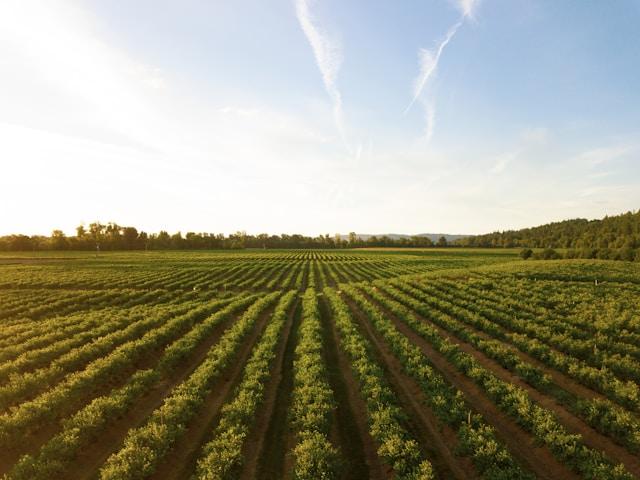Mapping Precision: The Role of Land Parcel Insights in Agriculture
In today’s changing world, technology plays a major role in transforming various industries. Agriculture is one sector that has greatly benefitted from progress. The introduction of specialized tools and techniques has provided farmers with insights and data that can revolutionize their farming methods. Among these tools, land parcel insights have emerged as a game changer in the sector.
Understanding Land Parcel Insights
Land parcel insights involve information and data collected about plots of land. By using mapping techniques and data analysis, farmers can gather details about their farmland, allowing for well-informed decision-making. These insights offer information not only on soil conditions but also on specific land features like contours, drainage patterns, and past crop performance. For those wondering how to find a land parcel map, Government census records and websites usually provide accessible and accurate information.
Enhancing Precision Agriculture
Precision agriculture has become increasingly popular in recent years due to its ability to optimize resources and increase crop yields. By leveraging land parcel insights, farmers can enhance precision agriculture practices further. With data on soil health, water availability, and other geographical parameters at their disposal, farmers can implement targeted strategies for each plot of land on their farm.
Optimizing Agricultural Inputs
Using insights from land parcels offers an advantage in optimizing the use of resources like fertilizers and pesticides. Instead of spreading these inputs across the entire farm, farmers can strategically allocate them based on the unique needs of each plot. This approach minimizes waste, maximizes resource efficiency, and reduces environmental impact.
Enhancing Crop Health Monitoring
Effective crop health monitoring is vital for farm management. Leveraging land parcel insights enhances this process by providing real-time data on the condition of crops across different areas within a farm. By identifying issues such as deficiencies or pest outbreaks, farmers can take proactive steps to address these challenges before they become more severe.
Customizing Irrigation Techniques
Proper water management is essential for crop development and sustainability. Land parcel insights empower farmers to tailor their irrigation methods according to the requirements of fields. By taking into account factors like soil moisture levels, water retention capabilities, and localized weather conditions, farmers can make informed decisions on when and how much water to apply, leading to improved water efficiency.
Addressing Soil Erosion and Runoff Concerns
Soil erosion and runoff pose several challenges for communities worldwide. These challenges may result in decreased soil fertility, pollution of water sources, and even an increase in greenhouse gas emissions. Yet, by utilizing insights on land parcels, farmers can pinpoint areas prone to erosion or at risk of runoff. Equipped with this knowledge, they can implement control methods such as reduced farming or the construction of rainwater harvesting ponds.
Improving Crop Rotation Techniques
The practice of crop rotation plays a role in preserving soil quality and reducing pest and disease outbreaks. Insights on land parcels offer support in devising crop rotation plans by highlighting the history of crops grown in specific areas. Leveraging this data enables farmers to establish planned crop rotation schedules that enhance soil levels while minimizing pest issues.
Enhancing Decision-making Skills
Making informed decisions is vital for the success of businesses. Land parcel insights empower farmers with information on plots within their farms, enabling them to make precise judgments on planting timelines, crop selection, resource management, and future investments.
Exploring Opportunities for Organic Farming
Organic farming is gaining in popularity due to its reduced impact on human health and the environment. However, transitioning to organic practices requires consideration of soil conditions and other factors specific to each plot. Understanding the significance of land parcel insights is crucial for unlocking the benefits of organic farming. These insights offer a wealth of data needed for implementing sustainable agricultural practices.
Conclusion
The introduction of land parcel insights has revolutionized agriculture. By utilizing mapping technologies and detailed data analysis tailored to plots, farmers can make well-informed choices, optimize resource management, reduce environmental impact, and enhance their crop productivity. With technology advancements, the accessibility and precision of land parcel insights will continue to improve positively, shaping the future of agriculture.

